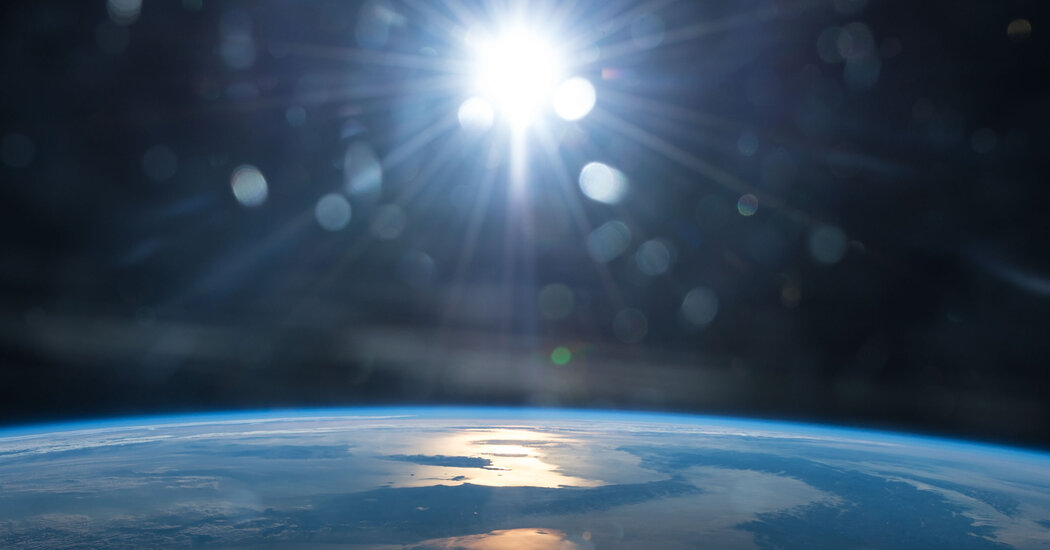Earth whirls around the sun in an ellipse, rather than a circle. On Friday the planet will reach its farthest point from its star, known as aphelion.
It’s summer in the Northern Hemisphere. But while you indulge in long, balmy days at the beach or elsewhere in nature, you may be surprised to learn that our planet is creeping toward its greatest distance from the sun, a point known as aphelion.
Here’s what to know about this celestial event that happens every year as the summer is underway.
What causes aphelion and when does it happen?
Earth reaches aphelion every July, and this year it occurs on Friday at 1:06 a.m. Eastern time.
That Earth has an aphelion is a result of its orbit being elliptical, rather than circular. According to Kirby Runyon, a geologist at the Planetary Science Institute, all planets in the solar system travel in elongated circles around the sun, rather than perfect ones. And it’s most likely true for worlds around other stars, too.
The culprit for all of these elliptical orbits is gravity.
“All the planets tend to jostle each other around,” pulling their orbits from perfect circles, Dr. Runyon said. “It’s literally this chaotic tug of war between small amounts of gravitational influence that the planets have on each other.”
Jupiter exerts the most influence because it is the most massive planet in our solar system, he added.
How much an orbit deviates from a perfect circle is measured by its eccentricity. The higher the eccentricity, the more elliptical the orbit. For some bodies in the solar system, this is quite pronounced: Mars, with an eccentricity of 0.094, ranges from 129 to 155 million miles away from the sun. Pluto, whose distance from the sun varies from 2.8 to 4.5 billion miles, is even more eccentric at 0.244.
